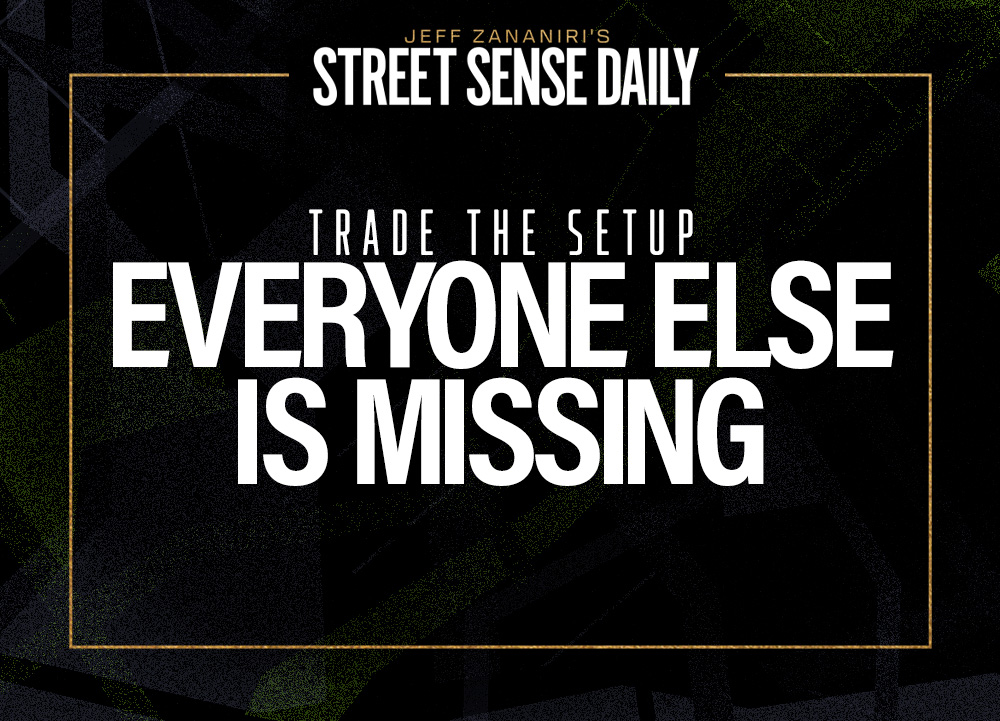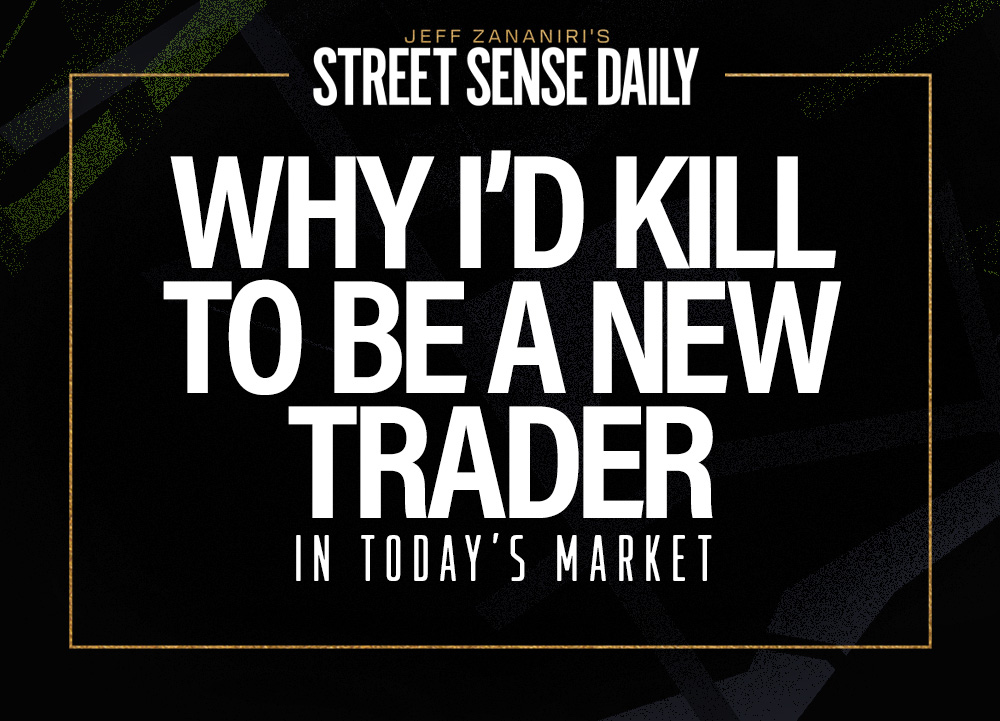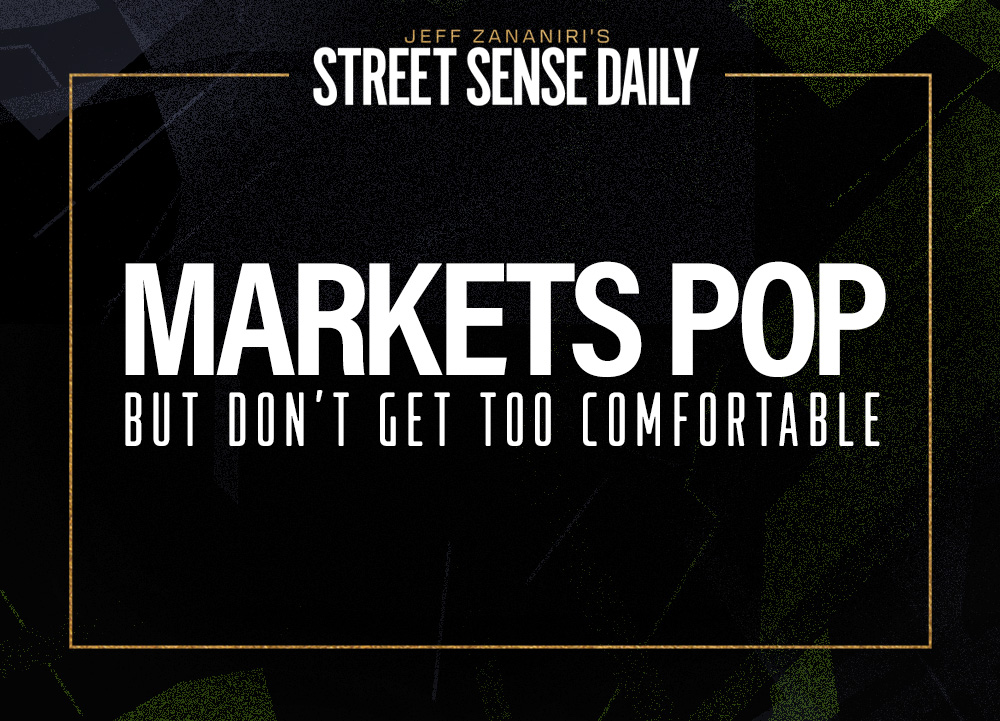Good morning, traders.
When Jerome Powell says “stagflation,” Wall Street listens.
Speaking to the Economic Club of Chicago Wednesday, Powell made it clear: The biggest risk from Trump’s renewed tariffs isn’t a trade war — it’s stagflation.
That’s a toxic combo of high inflation and sluggish growth. The ’70s flashbacks are real, and the options market is already feeling the tremors.
Truth is, higher inflation changes the game.
Whether you’re buying calls, selling puts, running spreads, or just sitting on the sidelines waiting for the smoke to clear, everything starts getting more expensive, more volatile, and more unpredictable.
You’ve got to adapt fast or risk getting smoked.
So, how exactly does higher inflation hit stock options trading? Let’s break it down in real terms.
Volatility Goes Up — Way Up
Higher inflation almost always brings more volatility.
Why?
Because the market hates uncertainty.
And inflation makes everything uncertain — earnings, interest rates, consumer spending, corporate margins … you name it.
For options traders, that means implied volatility (IV) tends to rise.
IV is a huge component of options pricing. When IV rises, so do premiums.
That’s a double-edged sword.
If you’re a seller, you can rake in more upfront cash.
But if you’re a buyer?
Suddenly those calls and puts get a lot more expensive — and harder to profit from unless you catch a big move.
In a stagflation scenario, traders should expect to see bigger swings in IV across the board.
Expect those earnings season trades to carry more juice.
Even your typical weeklies on names like SPY, QQQ, or TSLA will be pumped up.
Selling options could become more attractive — but only if you’re comfortable managing the extra risk.
Rate Hikes Can Crush Tech and Growth Names
Inflation puts pressure on the Fed to raise rates, even when the economy is already cooling.
And higher rates are like kryptonite for growth stocks — especially the high-flying tech names that dominate the indexes.
Why?
Because the future earnings of these companies get discounted more harshly when rates are high.
That means lower stock prices — sometimes fast and brutal.
As a trader, you’ve got to factor this into your strategy.
If you’re long calls on names like NVDA, AAPL, or AMZN, and Powell hints at rate hikes to control inflation, don’t be surprised if those trades go against you in a heartbeat — even if the company fundamentals haven’t changed.
Instead, stagflation favors defensive sectors — energy, utilities, consumer staples.
If inflation sticks around, these might be the safer playgrounds for bullish trades. Think covered calls on oil names, or puts on overpriced tech stocks.
Time Decay: A Bigger Enemy
Here’s something most newer traders overlook: When volatility rises, options get more expensive.
But if the stock doesn’t move, those inflated premiums burn off even faster. Theta decay becomes brutal in high-IV environments.
You can’t just buy a straddle or strangle and hope.
You need movement.
And if it doesn’t come quickly? You’re toast.
This is where experienced traders shift gears.
Instead of overpaying for premium, many start selling credit spreads, iron condors, or calendars — ways to profit off the overpriced options while keeping risk defined.
It’s not glamorous, but in an inflation-fueled market, it’s often smarter.
The Fed Is in a Tight Spot
Powell basically admitted the Fed is trapped.
Cut rates to help growth? That risks stoking inflation.
Raise rates to cool prices? That could tip us into recession.
For options traders, this means one thing: opportunity.
Choppy markets, uncertain Fed direction, and inflation surprises all lead to more trading setups.
It’s not about predicting the next move perfectly — it’s about being ready with strategies that thrive in chaos.
Risk vs. Reward
Higher inflation means more volatility. More premium. More risk.
But it also means more reward — if you know how to trade it.
This isn’t a time to get cute. It’s a time to get focused.
Look for setups where the risk is defined, the reward makes sense, and the underlying matches the macro.
And above all, stay nimble.
The traders who survive stagflation won’t be the smartest.
They’ll be the most adaptable.
If Powell’s right — and stagflation is back — you’ll need to trade accordingly.
Stay focused,
Jeff
P.S. If you want an even bigger edge in this crazy market, catch the latest from Danny Phee today at noon ET.
He’ll take you through my proprietary AI-powered GAMMA CODE system, which can detect useful market glitches in real time, leading to explosive gains like 216% on CHWY calls in 24 hours* and 200% on QCOM puts in 48 hours!*
Stop missing out on slam-dunk setups — Click here now to claim a GAMMA CODE membership.
*Past performance does not indicate future results



